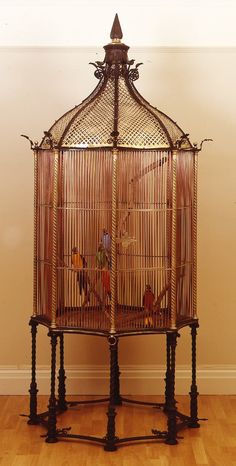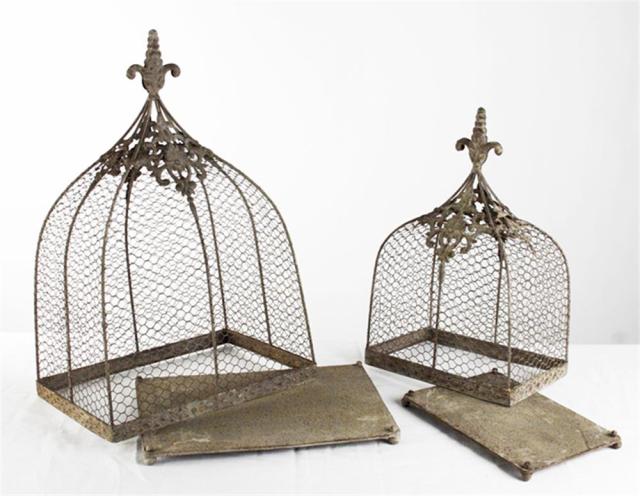What was your role and what were your responsibilities?
My responsibilities in the fmp was production manager.
Who did you work with?
I worked with Elisabeth, Ethan, Josh and Jordan.
How did you divide your jobs and tasks amongst the technicians?
Interviewed for role for each person depending on what they like and feel more experienced in a role for the show and Alistair chose roles for us after the interview and we all went separate ways and made the show what it was in projection lighting sound and set.
What was the show about?
The show was about feminism and the way it affects people in groups and personalitiess.
How did you collaborate with the team, actors and Director?
O collaborated by helping everyone and mainly set was my priority and i conversed with all my team and director regularly to convey information between everyone.
below is my images of the prosses:
Below is the design ideas of what basic idea we chose what we wanted from the show and a collaboration my team of 5 and mind mapped ideas for which we started off our journey. this picture shows a plan of the final plans of the set design, ideas discussed were a hexagonal frame and that change to a octagonal shaped with a bigger scale.

Elisabeth and I created a full visual 1:10 scale of our set idea size set in the round. We made the model box to help us scale and find out the length of wood and what materials we could conciser as rope or wiring for suspension. We created the model box out of mdf and fishing wire and lazer cut the frame and used a drill and a nail to hole the fishing wire to each frame and measure the wire length. The size was altered once due to problems and with suspension and working our real sizing for the final set. Our set up for the staging we changed to literally the theatre in the round and went fully around the cage for all points of view. We changed it because it looked better and more professional this idea was brought up at the beginning of the research and put aside until further understanding of what space we had.





These are some of the seating plans we did for our rough sketch plan:




We changed the seating plans as we were experimenting on scale of what we could put where, no issues occurred during this process and we improvised around the set when it was suspended to make the decking fit and see how many seats we could row up.
We measured the cage shape with tape on the box floor and put the frame together and to see if it was accurate to the tape scale that we measured out, and tested the weight of the wood and made sure it can hold its self. However, it snapped when we lifted higher than our shins so we created more braces to hold it. We screwed all round apart form two sides so we could move it out the way for the level 3 music concert days after. After our model we taped out the space in the box to help determine the correct scale of the set. We had it at 3m all round then we measured it to 4m to allow more performing space. the dimensions for this is shown in the image below:


We ordered the wood shipment and measured up the angles to a T. Once the wood arrived, Mike cut all the angles and edges and we cut braces that matched up two each corner to add support and stability. Then we drilled holes in them in 5 places after making the 16 for the top and bottom we had to make another 16 to add to the other side. The braces were on both sides of the corner by the time we had got the frame together after 2 adjustments it was too weak and it snapped. We decided to brace a cross-beam on each corner and drilled a hole in the braces to attach the para-cord for the netting.
We researched sand and pebbles and slate. We found a good few candidates for the live sound. We then laid out the framing to test if they fit together and then we looked online at netting and at different shops. Tools we used were drills a multitude of screws and hinges and screwdrivers. We used pilot holes to guide screws for the connections and braces.








After putting it back together after the level 3 music concert we tested suspension and after bracing top and the bottom it snapped so we re-braced it and decided to put hinges on for more support, we cross beamed it aswell to help when we put the bottom onto the top via para cord and suspended by rope and steel wire with eyelets attached and little bolts holding the steel wire together and suspended that onto caribiners in 6 points of the box to suspend to about your ankle height. Alistair had to compromise as we had such little time. We compromised by adding more braces and wiring to helps strengthen the suspension.
Once it suspended we took it down and painted it white base coat and then painted it baby pink to symbolise feminism and its flag.



Then we went and bought more eyelets as we ran out to suspend the other points, as the six we planned. Then we put the frame together and suspended it to its correct height. Before we did that we put lights on and focused them and tilted the truss to a angle.



We went and bought sand and we stapled the netting onto the frame all the way round. Then dressed it with feathers and collected props and helped with makeup and costumes , then scattered sand around the inside edge of the cage and put bowls of treats and stones, feathers wedged into the netting to show that there has been fuss with the birds. A bird cage has netting to keep them inside and to prevent them from escaping and sand was to show a base of the cage and wild outside and in nature and to bury things to use during the show and for live sound.


We watched rehearsals and help edit little bits and bats and sourcing props and making sure the lights went on properly and focused them and did a tech run through them to make sound and lighting timed well. props sorted were 7 rocks for noise making and bowls for guzzle to eat from cakes and feathers and a bucket and the cloths brush scarf that looks like moss flowers from the garden and around college.




Recap on the 3 shows we did:
Show 1 went well, a few mistakes but not that noticeable on the tech end. Show 2 was mainly constructive feedback from the college students on what we could improve before the last show that night. The final show went out with a bang, it went great and the actors and techies worked really well for the last time before tears began to fall and feathers were melting everywhere. We all said our tired and sad goodbyes and all ended well on a good note with no drama.








